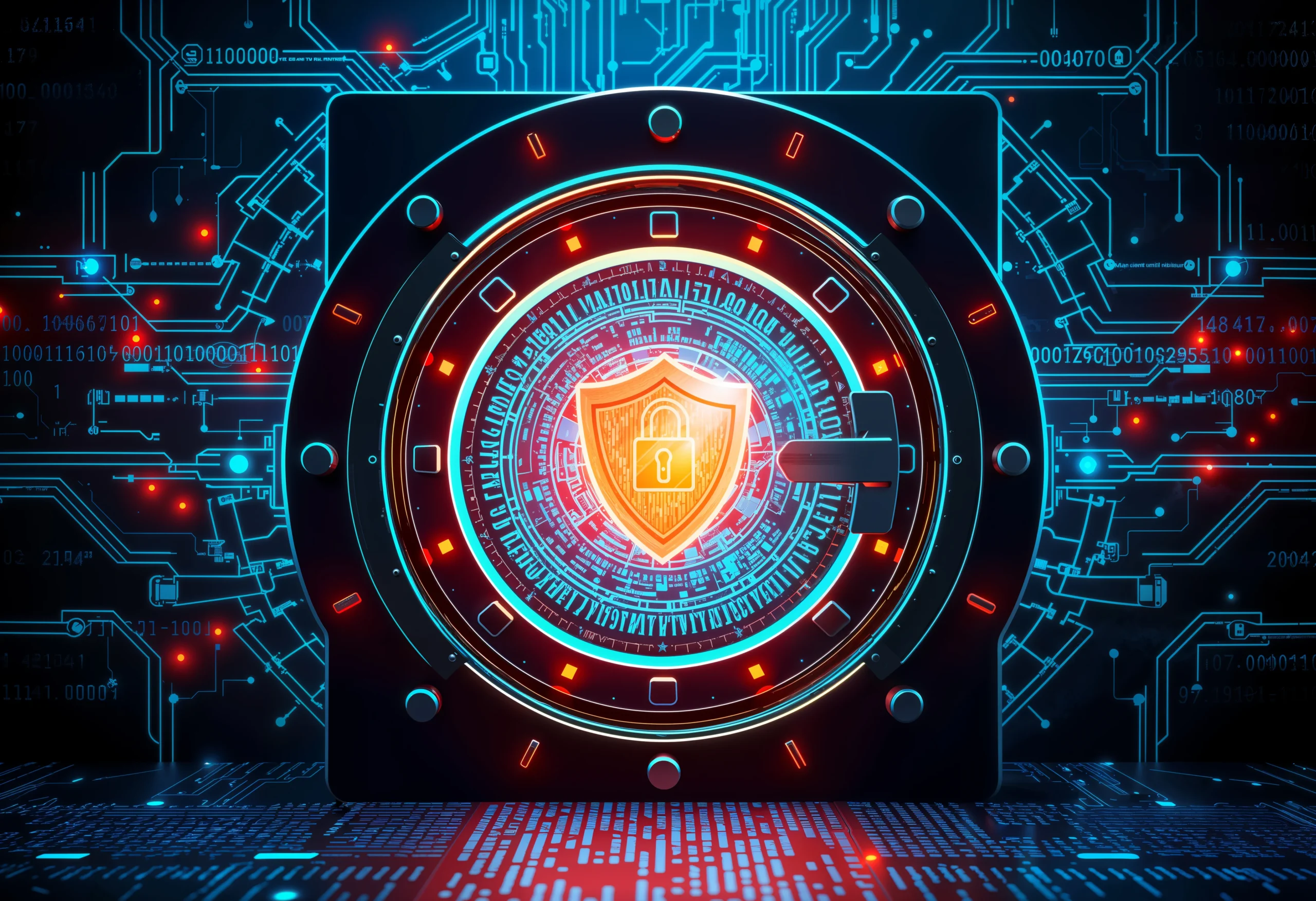Introduction
In today’s hyperconnected digital world, data breaches and cyber threats have become an inevitable part of the online landscape. From large corporations to small businesses, no one is entirely immune to cyberattacks. Traditional security systems — even those with advanced firewalls and antivirus software — are proving insufficient against increasingly sophisticated cybercriminals.
This is where the IP2 Network steps in. Designed to redefine how we protect data and manage cyber risks, the IP2 Network integrates artificial intelligence (AI), adaptive encryption, and real-time network monitoring into a unified security framework. The result is a next-generation cybersecurity system capable of detecting, isolating, and neutralizing threats before they cause any real harm.
This article explores how the IP2 Network plays a critical role in preventing data breaches and combating cyber threats in an evolving digital ecosystem.
The Rising Cost of Cyber Insecurity
Understanding the Modern Threat Landscape
Cyberattacks have evolved beyond simple malware or phishing attempts. Today’s hackers use AI-driven attacks, ransomware-as-a-service, and zero-day exploits that traditional systems can’t detect fast enough. The damage extends beyond financial loss — it impacts brand reputation, customer trust, and even national security.
The challenge lies in the fact that most cybersecurity solutions are reactive. They identify a problem only after it occurs. By then, the breach may have already exposed sensitive data or compromised the entire network.
Why Traditional Defenses Fall Short
Conventional network defenses depend heavily on signature-based detection and human intervention. While these tools can handle known threats, they struggle against new, unknown, or evolving attacks. Manual oversight also introduces delays in response time, giving cybercriminals a window of opportunity to exploit vulnerabilities.
The IP2 Network offers a fundamentally different approach — one that is proactive, predictive, and self-adaptive.
See also How Mariano Iduba Uses Technology to Bridge the Education Gap
What Makes IP2 Network a Game-Changer
AI-Driven Threat Detection
At the core of the IP2 Network lies artificial intelligence, which continuously scans for irregular patterns in network behavior. Unlike static systems, IP2 doesn’t rely on predefined threat lists. Instead, it learns from real-time data, identifying suspicious activities such as unauthorized access attempts, unusual data flows, or sudden spikes in traffic.
By leveraging machine learning algorithms, IP2 can recognize threats long before they manifest into full-scale breaches. For example, it can detect subtle anomalies — such as an employee accessing restricted files at odd hours — and take immediate action without waiting for human intervention.
Adaptive Encryption Technology
Encryption is the first line of defense against cyber intrusion. But static encryption, once cracked, becomes a vulnerability itself. IP2’s adaptive encryption model revolutionizes this by dynamically adjusting encryption strength based on the nature of the data and the perceived threat level.
If a potential breach is detected, IP2 automatically enhances encryption protocols, ensuring that even if attackers gain access, the stolen data remains completely unreadable. This flexible system provides both performance efficiency and maximum protection.
Real-Time Network Intelligence
IP2 Network operates as a real-time monitoring ecosystem. Instead of waiting for alerts from external systems, it actively observes and manages network traffic. This allows the system to make instant security decisions — such as isolating compromised endpoints or rerouting data through safer pathways — within milliseconds.
In essence, IP2 functions as an autonomous cybersecurity agent, capable of both defending and healing the network simultaneously.
Preventing Data Breaches: The IP2 Approach
Early Detection and Automated Response
The key to preventing data breaches is speed — detecting and stopping threats before they penetrate deeper into the system. IP2 achieves this through autonomous response mechanisms. When suspicious activity is detected, the network doesn’t just alert administrators; it automatically takes defensive action, such as blocking access or initiating encryption escalation.
This eliminates the lag between detection and response — the window where most breaches occur.
End-to-End Data Protection
From the moment data is created to when it is transmitted and stored, IP2 ensures continuous protection. Its AI layer constantly analyzes data movement and applies context-aware encryption. This means that even internal transfers between departments or connected systems are safeguarded.
By securing every data touchpoint, IP2 minimizes the risk of insider threats and unauthorized data exposure — two of the most common causes of modern breaches.
Predictive Defense Capabilities
Unlike traditional systems that focus on identifying attacks after they happen, IP2 uses predictive analytics to forecast potential vulnerabilities. It learns from past attacks and continuously updates its models, staying one step ahead of evolving cybercriminal tactics.
This forward-thinking strategy allows businesses to patch vulnerabilities and adjust defenses proactively rather than reactively.
Combating Complex Cyber Threats
Defending Against AI-Driven Attacks
As hackers increasingly employ AI to automate and enhance their attacks, countering them requires an equally intelligent defense system. IP2 uses AI versus AI — an intelligent battle where machine learning models identify and neutralize malicious AI patterns in real time.
This makes it particularly effective against sophisticated threats like deepfake phishing, AI-generated malware, and automated credential stuffing.
Mitigating Insider Threats
Not all breaches come from external sources. Insider threats — intentional or accidental — are responsible for a significant portion of data leaks. The IP2 Network mitigates this risk by constantly analyzing internal network behaviors and identifying irregular activity patterns that might indicate misuse or negligence.
For example, if an employee tries to download sensitive company data outside of authorized hours, IP2 can automatically revoke access or encrypt the files before they leave the system.
Zero Trust Framework Integration
The Zero Trust model assumes that no user, device, or system is inherently trustworthy — even those within the organization. IP2 fully integrates with this framework, verifying every access request through identity checks, behavioral analysis, and contextual validation.
This ensures that even if attackers infiltrate one part of the system, they cannot move laterally across the network to access critical data.
Why Organizations Are Adopting IP2 Network
Proactive Security for a Connected World
In an era where digital transformation is reshaping every industry, organizations can’t afford to rely on outdated cybersecurity methods. IP2 provides real-time adaptability and autonomous defense, aligning perfectly with the fast-paced demands of modern business.
Cost Efficiency and Resource Optimization
Data breaches can cost millions in recovery, fines, and lost reputation. By preventing breaches before they occur, IP2 significantly reduces these risks. Moreover, its autonomous systems minimize the need for constant manual monitoring, allowing IT teams to focus on strategic innovation instead of routine threat management.
Scalable and Future-Proof Design
As businesses scale, so do their cybersecurity needs. IP2’s modular architecture allows it to grow alongside organizations, adapting to new technologies such as IoT, edge computing, and quantum encryption. This future-ready design ensures long-term resilience against emerging threats.
The Future of Cyber Defense with IP2
The world is moving toward an era where autonomous cybersecurity will become the new standard. IP2 Network represents the blueprint for that future — a system where AI and encryption collaborate seamlessly to predict, prevent, and neutralize cyberattacks without human delay.
As industries continue to digitize their operations, the ability to secure data in real time will become the ultimate competitive advantage. IP2 isn’t just a network enhancement; it’s a security evolution that empowers organizations to stay ahead of adversaries while maintaining trust with their customers.
Conclusion
Data breaches and cyber threats will never completely disappear, but with technologies like the IP2 Network, their impact can be drastically reduced. By integrating AI intelligence, adaptive encryption, and real-time autonomous defense, IP2 transforms cybersecurity from a reactive measure into a predictive shield.
For organizations looking to safeguard their digital assets, protect their customers, and build trust in a rapidly evolving online environment, IP2 Network stands as a revolutionary solution — one that not only prevents attacks but redefines what true data protection means in the modern era.


